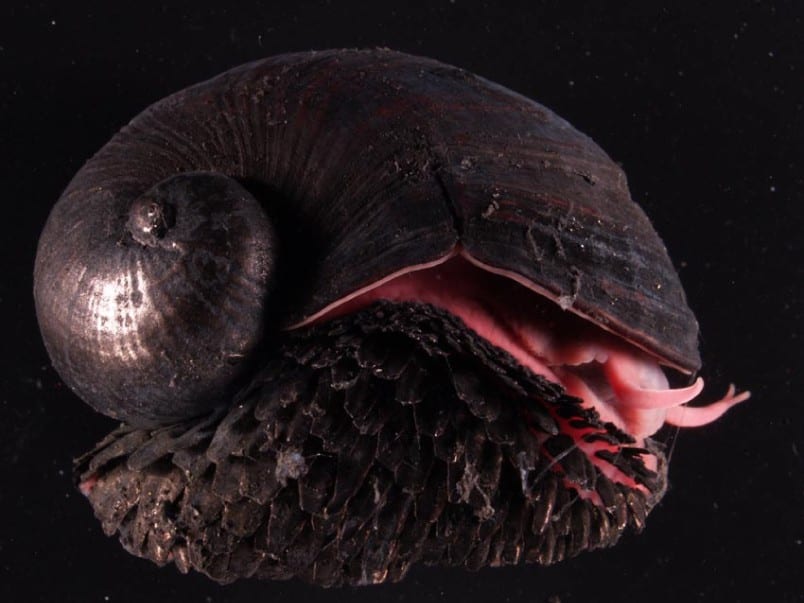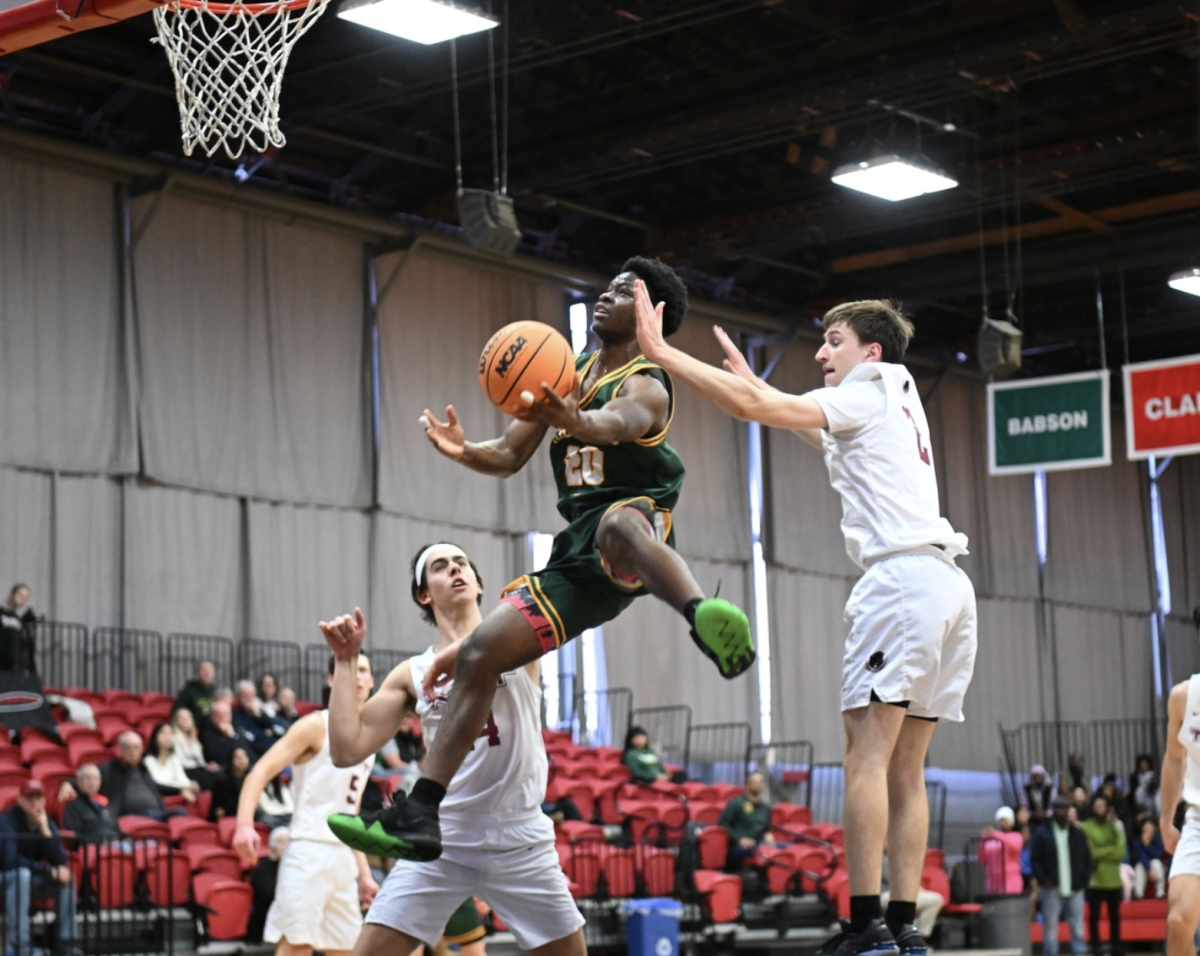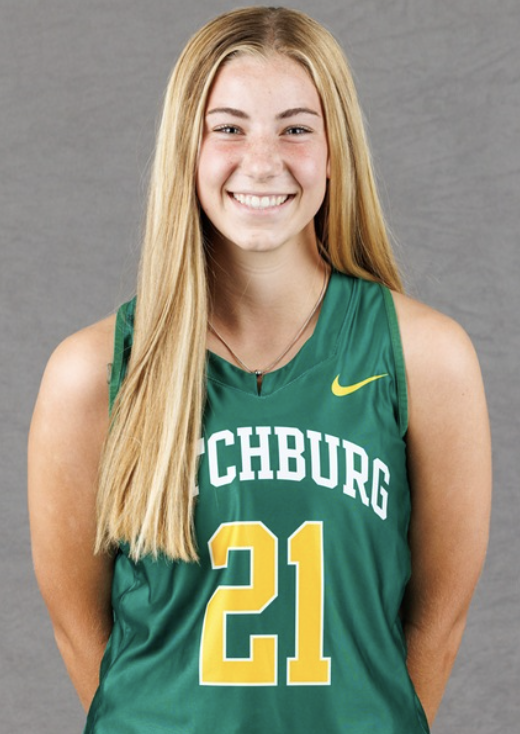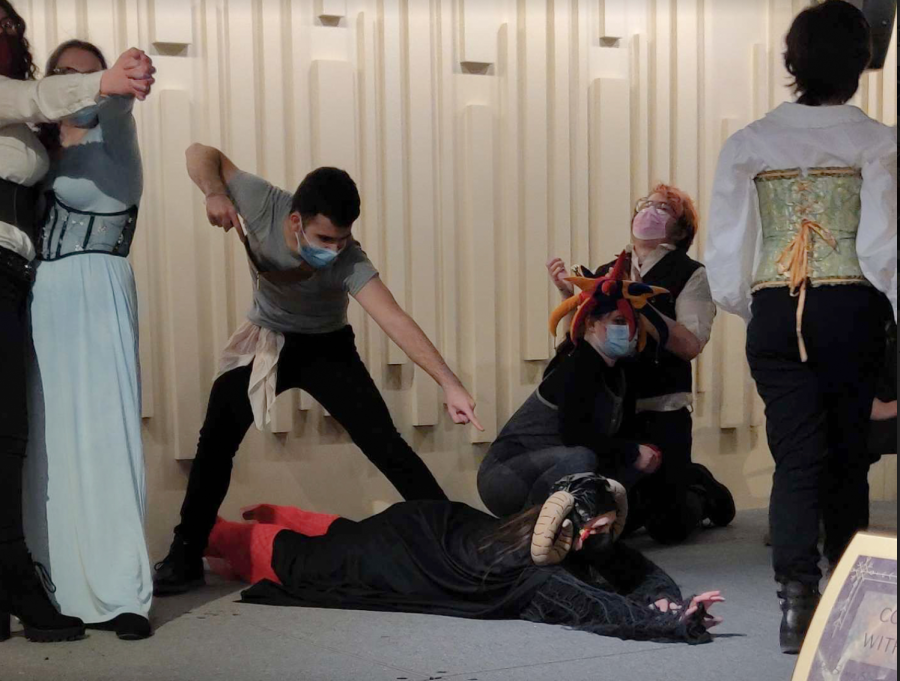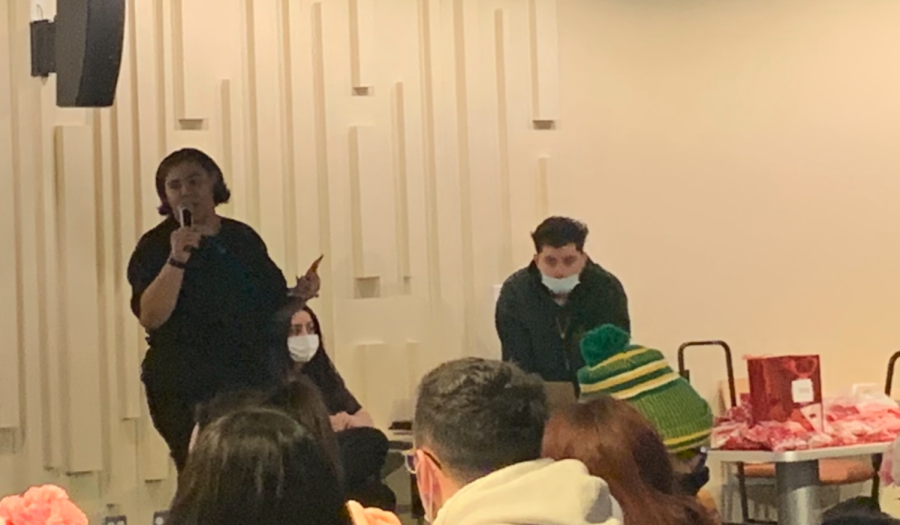By Seth MacDonald

Jon Lester, Clay Buchholz, Felix Doubront, Ryan Dempster, and John Lackey: the projected starting rotation for the 2013 Boston Red Sox.
Boston’s starters posted a 5.19 ERA last year, the fourth-worst rank in all of Major League Baseball. It’s a number that should definitely improve come 2013 for a number of reasons, giving fans hope for a much more competitive season.
No. 1: Aaron Cook, Daisuke and Beckett are gone.
The three combined to make 50 starts in 2012, nearly a third of Boston’s total games. This trio was probably the most ineffective on the team as they combined to post a 5.90 ERA (no better than their combined 10-29 record).
The three of them were all way past their prime, particularly Beckett and Dice-K, who are now with the Dodgers and Indians respectively.
As for Cook, who’s now with the Phillies, he never did have overpowering stuff. He served mainly as a fill-in starter for a good portion of 2012, starting games when other pitchers couldn’t due to injuries and such. He was never expected to dazzle and was just there to help Boston get through the season—their worst one record wise since 1965.
No. 2: Clay Buchholz’s deceiving 2012 numbers.
Buchholz went 11-8 in 2012 with a 4.56 ERA, which was—believe it or not—the lowest out of any of Boston’s regular starting pitchers.
While a 4.56 ERA may look pretty unimpressive, don’t forget the way Buchholz started (and ended) the season. In his first nine starts, his ERA was a whopping 7.84 as he made it through seven innings just once and had only one quality start (any combination of six or more innings pitched and three or less earned runs allowed).
However, over his next 19 starts he turned things around, posting a 2.93 ERA and failed to last seven innings just four times. This put his season ERA down to 4.22 entering his final start of the season—pretty impressive considering how he started the year.
But in his last outing against the Yankees in the Bronx, he recorded just five outs and gave up eight earned runs, by far his worst start of the season—and just like that his ERA rose 34 points.
A 4.56 ERA looks pretty mediocre, so I think a lot of people seem to forget how effective Buchholz was after his horrible start to the year—and before his horrible, one-start end. People called his season inconsistent, but it wasn’t CONSISTENTLY inconsistent. They look at that ERA and just assume.
Yeah, he was consistently bad in his first nine starts, but he was consistently good in his next 19 – save for his last one.
He wasn’t really on and off throughout a start to start basis over the full course of the year. Throughout the summer he pitched the way he is capable of pitching, and he showed fans why he finished second in the AL in ERA in 2010 behind Felix Hernandez. Had Buchholz not struggled early on in the season, his season ERA easily could have been a full run lower or more. Buchholz has always had great stuff. It just took him a while to figure it out last year. You know the phrase don’t judge a book by its cover? Well, don’t judge him by his 4.56 ERA last year. It was deceiving. What it was, was promise for 2013, as weird as that sounds.
No. 3: Lester and Farrell are back together.
By his standards, Jon Lester had a miserable 2012 campaign. He went 9-14 and had a 4.82 ERA after averaging a 16-8 record and 3.33 ERA the previous four seasons, three of which (2008-10) came with pitching-coach-turned-manager John Farrell
The two have a great relationship already as Farrell has the trust and respect of Lester (and pretty much every other player on the team for that matter) which manager Bobby Valentine and pitching coach Bob McClure never had for one second last year.
I can only imagine it was very difficult for Lester to focus playing on such a dysfunctional team and explaining his subpar numbers.
Last year was a fluke for Lester—he’s way better than what he showed. I fully expect Farrell and Juan Nieves (the new pitching coach) to work with Lester extensively to get him back to ace-like form so he’ll put up the types of numbers he’s accustomed to.
No. 4: No “reliever-to-starter” experiment this time around.
After the experiment of converting Daniel Bard to a starter crashed and burned last year, he spent nearly three months in the minors to work things out. After posting a 5.30 ERA and 1.62 WHIP in 10 starts, it was obvious the Red Sox made a mistake.
I did not like this idea from the start because Bard was such a good set up man for Jonathan Papelbon the previous three years, a position he was much more valuable in, and should be once again as he is set to return to his rightful place in the pen in 2013, arguably the team’s biggest strength.
No. 5: Felix Doubront’s looks to improve after first full season.
Lefty Felix Doubront went 11-10 with a 4.86 ERA in 29 starts during his first season as a full time starter. Not so good, but not so bad either. While somewhat inconsistent, he did show flashes of promise as he averaged just over a strikeout an inning (167 strikeouts in 161 frames), and ended by recording his only two 10+ strikeout games of the season back-to-back in his final outings (both against Baltimore). The Red Sox obviously have very high expectations of the 25-year-old southpaw and expect him to get even better by building on the promise he showed last year.
No. 6: Dempster and Lackey.
Both men will be new to the rotation in 2013 after being absent last year and set to serve as the veterans to the much younger Lester, Buchholz and Doubront. After posting the highest single season ERA (6.41) in Red Sox history for pitchers who pitched at least 150 innings, Lackey missed the entire 2012 season due to Tommy John surgery.
There have been multiple reports stating that Lackey arrived to Spring Training healthy, in great shape—maybe the best of his career—with a great attitude and incredibly optimistic for a bounce-back season. If he can be ANYWHERE near as commanding as he was with the Angels, he could be one of the best fifth starters in baseball.
As for Dempster, one of Boston’s main priorities this off-season was to add a durable, veteran SP who can eat up innings—and he fits that criteria perfectly. In the last five years, Dempster has won 65 games with an ERA of 3.74 and has averaged just under 200 innings pitched a season. He has pitched his whole career in the National League minus two months as a Texas Ranger last year, so he’s still adjusting to American League lineups that include the designated hitter, but I don’t see this as a major concern. Dempster’s a gamer, a great clubhouse personality, and will make the necessary adjustments throughout the season in order to be effective. He’s got great teammates to feed off of, great coaches to guide him, and a great repertoire of pitches.
So that’s it. Those reasons should give Red Sox fans a lot of hope for the rotation (and in turn, Boston’s overall record) to be much better this season. It’s a whole new start—not like last year—and to me, it all starts with John Farrell. I don’t think anyone could have expected such a woeful year under Valentine. But with Farrell at the helm this time around, it’s different. Fans know what they’re gonna get for sure. He’s loved by the players, the fans, and the organization as a whole already. He’s an intelligent baseball man and knows what he’s doing. There was a reason we traded for him—to get the team, and pitching staff, back to normalcy.

February 16, 2024
February 16, 2024

February 16, 2024

February 16, 2024
Trending Stories
Breaking down Boston's pitching rotation
February 28, 2013
Leave a Comment
More to Discover



